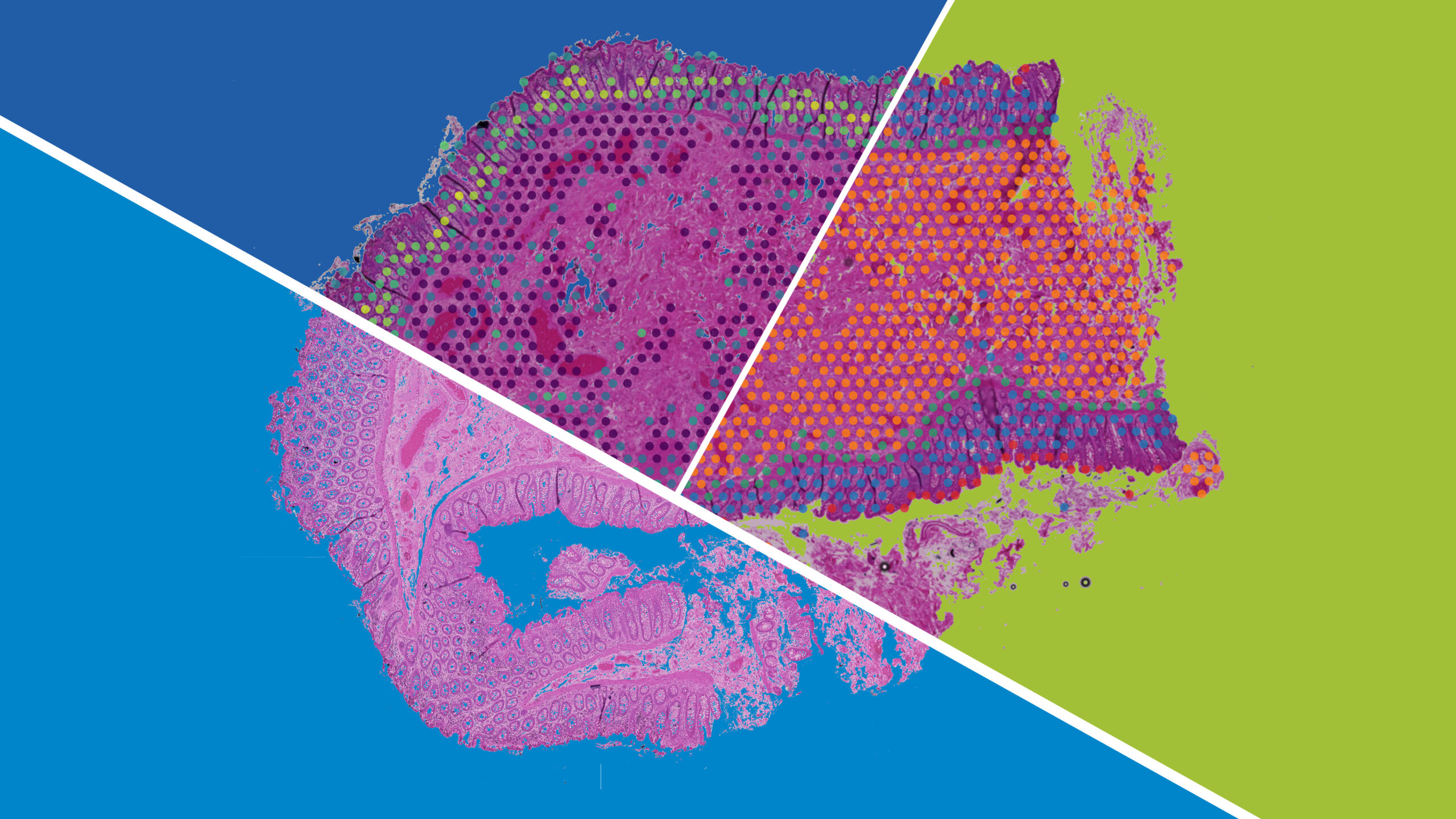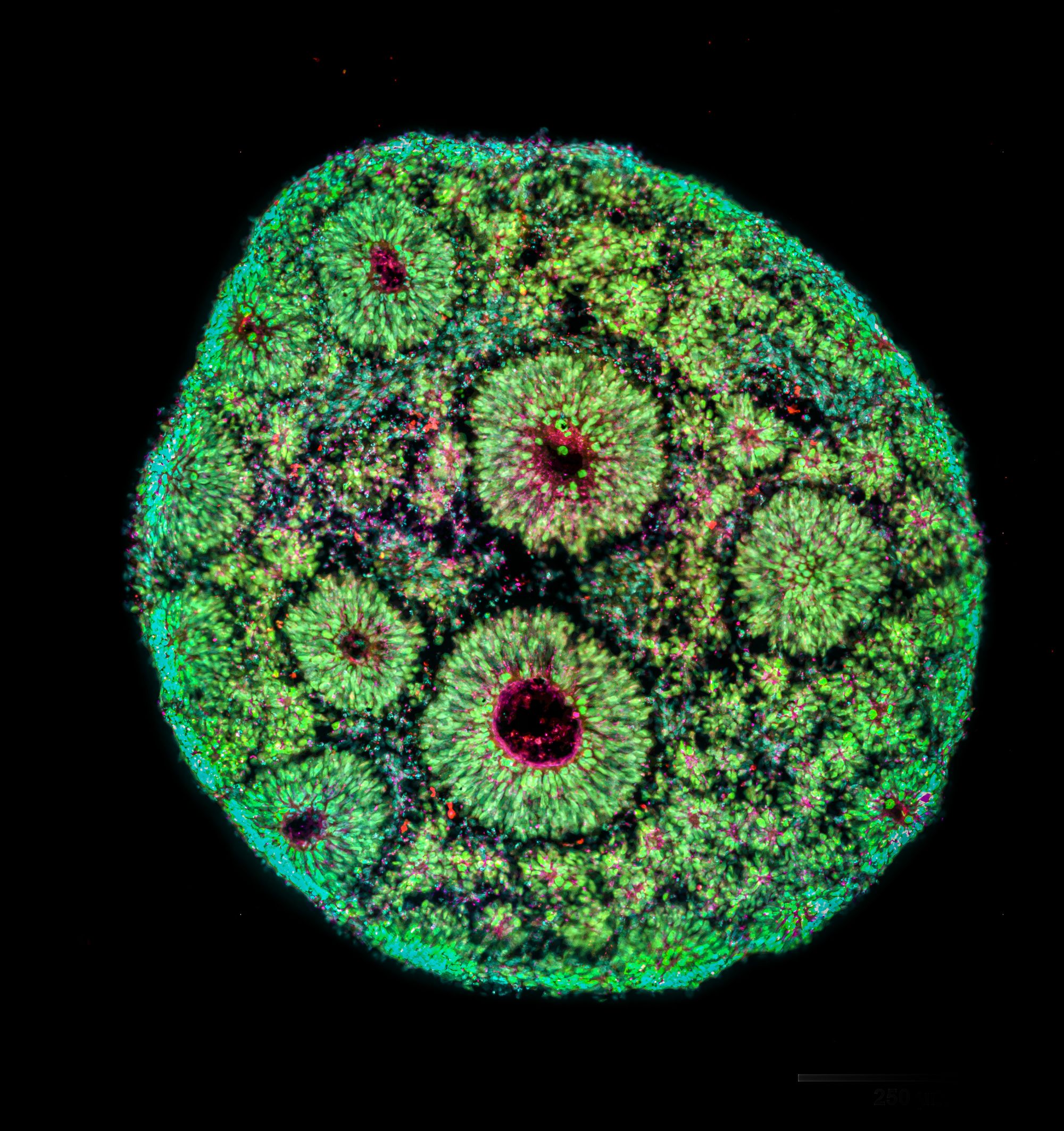What attracts investors?
The HT Centre for Innovation and Technology Transfer is launching its second 2024 online workshop on investment funds.
Spatial Biology Symposium
The symposium will consist of on-site lectures by internationally renowned pioneers of spatial technologies and will offer a comprehensive overview on digital pathology, spatial omics, and computational methods.
Improving Human Life and Technology
Human Technopole is pleased to announce the conference “Improving Human Life and Technology,” scheduled for 10 June 2024, starting at 10:00 AM, at the Auditorium of the Ministry of Health in Rome, with the presence of Orazio Schillaci, Italian Minister of Health, Anna Maria Bernini, Italian Minister of University and Research, and Giancarlo Giorgetti, Italian Minister of Economy and Finance (tbc).
BrainOmics 2.0
BrainOmics 2.0 represents a unique interdisciplinary hands-on course on single-cell multi-omics computational analysis with a focus on the brain and its disorders and builds on the experience of the 2022 edition, with the addition of integrative sessions on functional genomics.
To publish or patent: when is the right time?
The HT Centre for Innovation and Technology Transfer is thrilled to announce the first online workshop on the timing of publication or patenting of research projects with Daniela Bellomo and Daniela Deponti from the Business Development and Technology Transfer Division at Ospedale San Raffaele in Milan.




